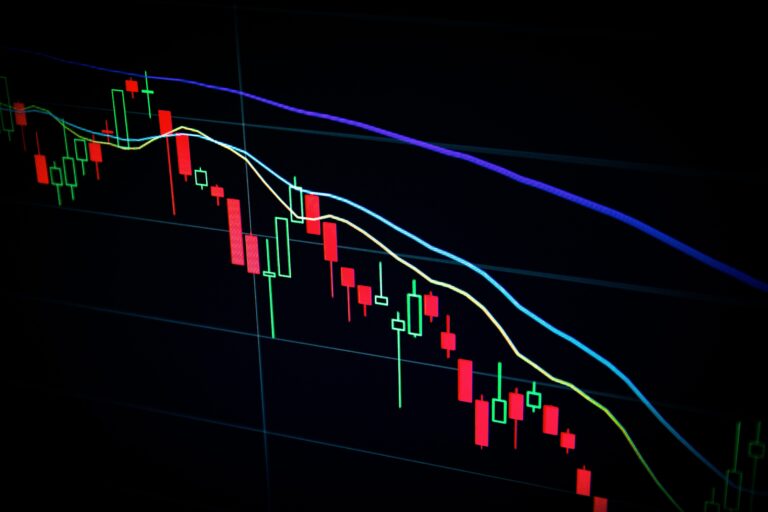The Need for stock Markets:
Stock markets serve several essential functions in the modern economy:
- Capital Formation: Companies raise capital by issuing shares to investors, enabling them to expand operations, innovate, and create jobs.
- Liquidity: Investors can buy and sell securities, providing liquidity and ensuring that investments are not locked up indefinitely.
- Risk Management: Investors can diversify their portfolios, spreading risk across various assets.
- Price Discovery: Stock markets determine the prices of assets through supply and demand, reflecting market sentiment and company performance.
Inception and Evolution:
1. Early Beginnings (12th – 16th Century)
- In medieval Europe, debt securities and commodities were traded in various marketplaces.
- Venice and Amsterdam played pioneering roles in trading government securities and early forms of stocks.
2. The Birth of the Modern Stock Exchange (1602)
- The Dutch East India Company issued the first shares on the Amsterdam Stock Exchange, marking the beginning of modern stock markets.
3. The London Stock Exchange (1698)
- Stockbrokers gathering at Jonathan’s Coffee House in London led to the establishment of the London Stock Exchange (LSE) as a formal marketplace.
4. The New York Stock Exchange (1792)
- The Buttonwood Agreement among New York stockbrokers formed the basis for the New York Stock Exchange (NYSE).
5. Industrial Revolution and Expansion (19th Century)
- The Industrial Revolution fueled economic growth, leading to a proliferation of stock exchanges worldwide.
6. Regulation and Scandals (20th Century)
- The 1929 Wall Street Crash and subsequent Great Depression led to regulatory reforms in the U.S., including the Securities Act of 1933 and the Securities Exchange Act of 1934.
- Scandals like the Enron and WorldCom accounting frauds in the early 2000s prompted further regulatory scrutiny.
7. Technological Advancements (20th – 21st Century)
- The introduction of computers and electronic trading transformed stock markets in the 1960s and 1970s.
- Online trading platforms emerged in the 1990s, revolutionizing accessibility.
- High-frequency trading and algorithmic trading became prevalent in the 21st century.
Challenges and Scams:
- Tulip Mania (17th Century): The Dutch Tulip Mania is considered one of the earliest recorded speculative bubbles, where the prices of tulip bulbs reached astronomical levels before crashing.
- South Sea Bubble (1720): The South Sea Company’s stock soared due to a speculative frenzy but eventually collapsed, causing financial ruin for many investors.
- Panic of 1907: A financial crisis in the United States highlighted the need for a central authority to stabilize markets, leading to the establishment of the Federal Reserve System.
- Great Depression and Securities Regulation: The 1929 Wall Street Crash and the Great Depression exposed market vulnerabilities, leading to comprehensive securities regulation in the U.S.
- Dot-Com Bubble (Late 1990s): Excessive speculation in internet-related stocks led to a bubble and subsequent market crash in 2000-2001.
- Enron and WorldCom Scandals (Early 2000s): Corporate accounting frauds resulted in losses for investors and prompted regulatory reforms, including the Sarbanes-Oxley Act.
- Global Financial Crisis (2008): The subprime mortgage crisis and banking failures triggered the worst financial crisis since the Great Depression, prompting government interventions and regulatory changes.
Social problems
- Income Inequality: Financial markets, driven by profit motives, have exacerbated income inequality as wealth accumulates among a small percentage of the population, leaving many behind.
- Speculation and Bubbles: Excessive speculation in markets has led to speculative bubbles, causing asset prices to inflate and eventually burst, harming investors and the broader economy.
Conclusion
Stock markets and trading have evolved over centuries to meet the changing needs of economies and investors. While they provide essential functions like capital formation and liquidity, they have also faced challenges such as speculative bubbles, market crashes, and fraud. Regulatory reforms and technological advancements continue to shape the modern landscape, emphasizing the importance of stability, transparency, and investor protection.





